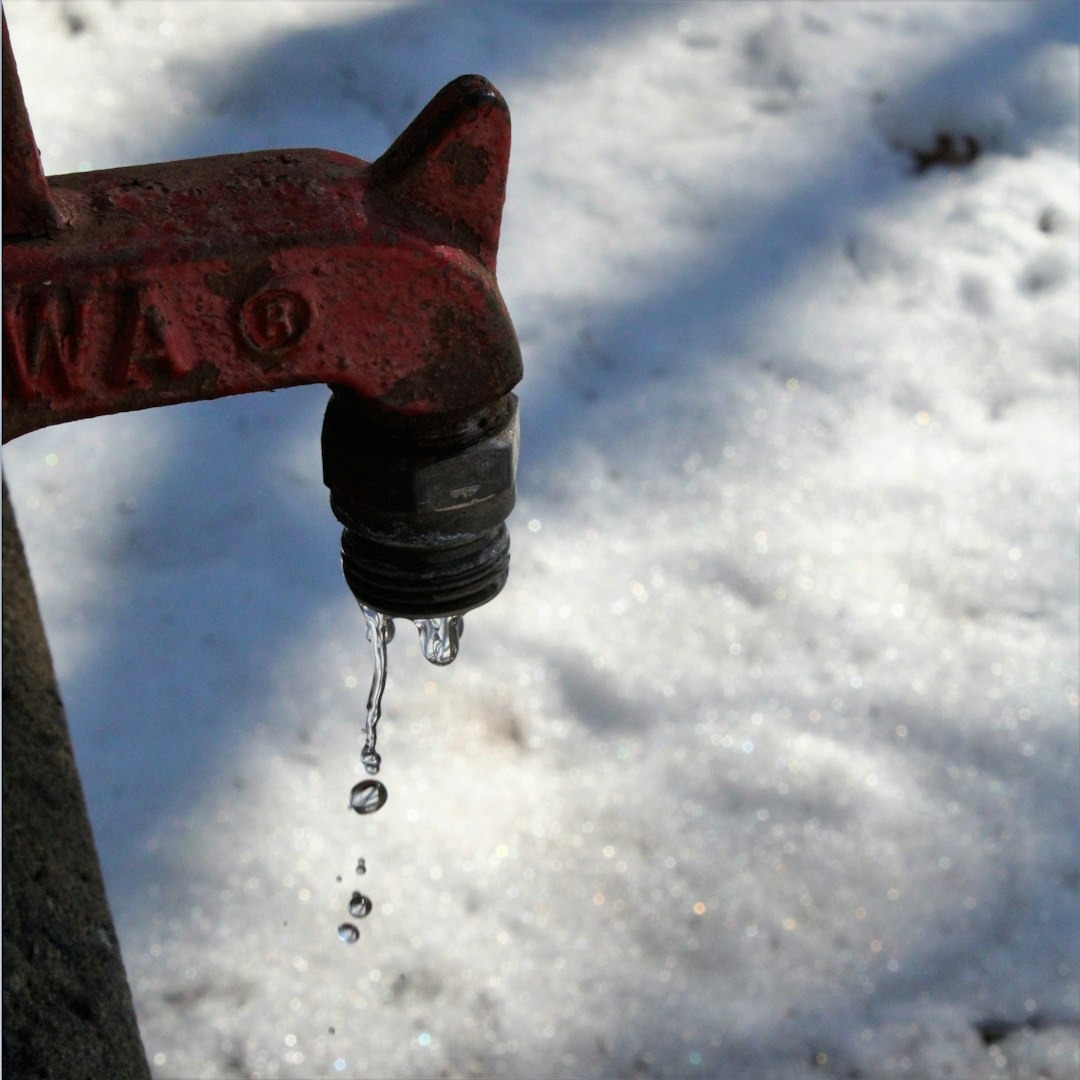
We all know where the world is headed–global warming is leading to a severe climate crisis. During such times, it is even more important for us to adopt an eco-friendly lifestyle. This can be done by reducing one’s carbon footprint. There are many simple things you can do daily that can significantly lower your carbon emissions. In this post, we’ll explore practical tips to help you reduce your carbon footprint and contribute to a healthier, happier planet.
1. Use Energy-Efficient Appliances
Switching to energy-efficient appliances is one of the easiest ways to reduce your carbon footprint. These appliances use less electricity while still delivering the same performance, helping you save on energy bills and reduce emissions.

Look for Energy Star Certification
Energy Star-rated appliances meet strict energy efficiency guidelines set by the U.S. Environmental Protection Agency.

Upgrade to LED Light Bulbs
LED bulbs use significantly less energy than traditional incandescent bulbs and last much longer.
2. Drive Less and Walk, Bike, or Use Public Transport
Transportation is one of the biggest contributors to carbon emissions. Reducing your reliance on personal vehicles can make a huge difference. Here’s what you can do:

Walk or Bike
Take a walk or use a bike. For short trips, walking or biking not only reduces your carbon footprint but also provides health benefits.

Use Public Transport
Travel through the subway and save yourself the hassle. Public transportation, such as buses and trains, reduces the number of cars on the road and helps lower overall emissions.

Carpool
What’s better than traveling alone? It’s definitely having someone to talk to on the way. Sharing rides with others reduces the number of vehicles on the road and cuts down on emissions per person.
3. Switch to Renewable Energy Sources
If possible, transition your home to renewable energy sources like solar or wind power. Many energy providers offer green energy plans that allow you to source your electricity from renewable resources. Here’s how you can make the switch:

Install Solar Panels
Get solar panels installed and cut back on utility bills. Solar panels allow you to generate clean energy, significantly reducing your reliance on fossil fuels.

Opt for a Green Energy Plan
You can also go for a green energy plan. Contact your energy provider to see if they offer a renewable energy plan that uses wind or solar power.
4. Reduce Water Usage
While water itself doesn’t emit carbon, the energy used to pump, heat, and treat water does. By conserving water, you reduce the energy needed to supply it, which helps lower your carbon footprint. Doesn’t that sound great?
Install Low-Flow Fixtures
Get low-flow fixtures installed. Low-flow shower heads and faucets reduce water usage without compromising water pressure.

Fix Leaks
Got a dripping faucet or leaky pipe? Fix it asap. It wastes a lot of water over time. Fixing leaks promptly helps conserve water and reduce energy use.

5. Eat a Plant-Based Diet
Start a green diet! Diet plays a significant role in your carbon footprint. Animal agriculture is a major source of greenhouse gas emissions, so reducing your meat and dairy consumption can significantly cut your carbon footprint.

• Eat More Plants: We’ve all heard it since childhood–greens make you stronger (and they actually do). This is the time for you to add more plant-based meals to your diet. It will help reduce emissions associated with meat production.
• Support Local and Organic Farmers: Go local and support farmers. Eating locally grown and organic food reduces the carbon emissions associated with transporting food over long distances.
6. Reduce, Reuse, Recycle
The three R’s—reduce, reuse, and recycle—are essential for minimizing waste and lowering your carbon footprint. Here’s how:

Reduce
Adopt a minimalistic lifestyle. Buy only what you need and avoid unnecessary consumption, like products with high carbon footprints.

Reuse
Repeat that outfit and use your tote. Always choose reusable items like water bottles, shopping bags, and food containers to reduce waste.

Recycle
Recycling is crucial. Properly recycling paper, glass, and plastic helps prevent these materials from ending up in landfills where they contribute to greenhouse gas emissions.
7. Offset Your Carbon Emissions
For activities that inevitably generate carbon emissions, such as flying or long car trips, consider purchasing carbon offsets. Carbon offsets help compensate for the emissions you can’t avoid by funding projects that reduce carbon elsewhere, such as reforestation or renewable energy projects.

Look for Certified Offset Programs: Use programs certified by organizations like Gold Standard or Verified Carbon Standard to ensure your offsets are making a real impact. Investing in such programs won’t only offset the emissions–but also be rewarding.
Wrapping Up
In a nutshell, it only takes so much for you to reduce your carbon footprint. All it takes is a few small and consistent lifestyle changes, and the world will become a better place. Whether you’re switching to energy-efficient appliances, driving less, or eating more plant-based meals, every step counts toward creating a more sustainable future.
If you want to contribute more towards a better world but don’t know how to, check out Eco Choice Studio for more tips. Begin your eco-friendly life today!



